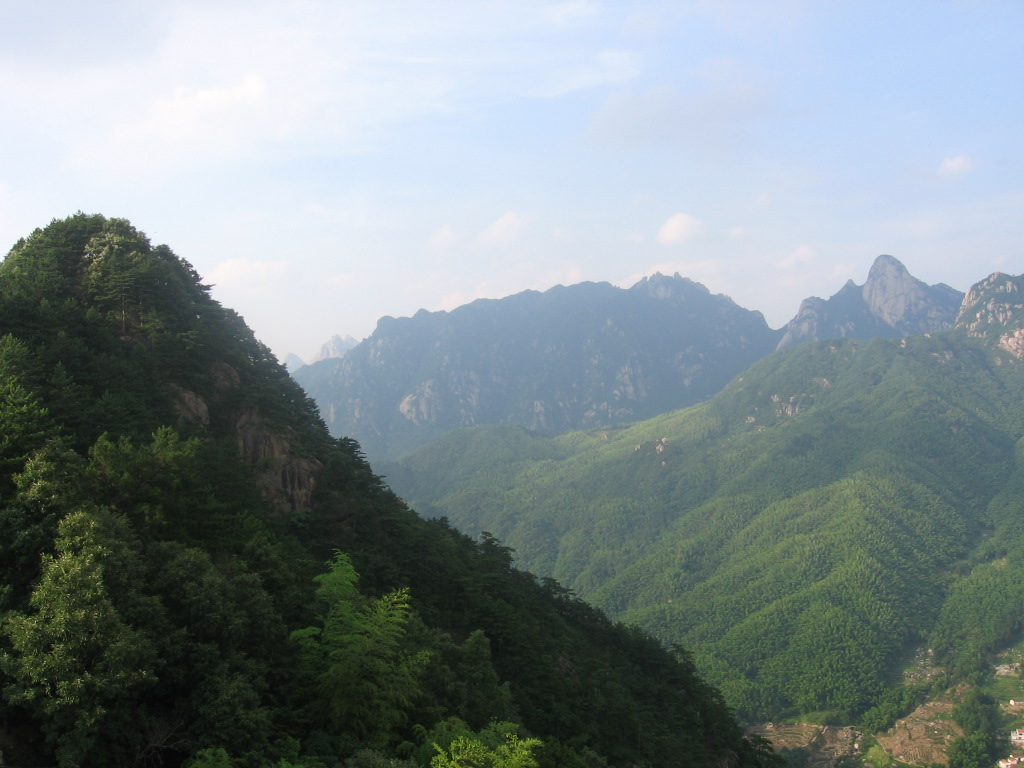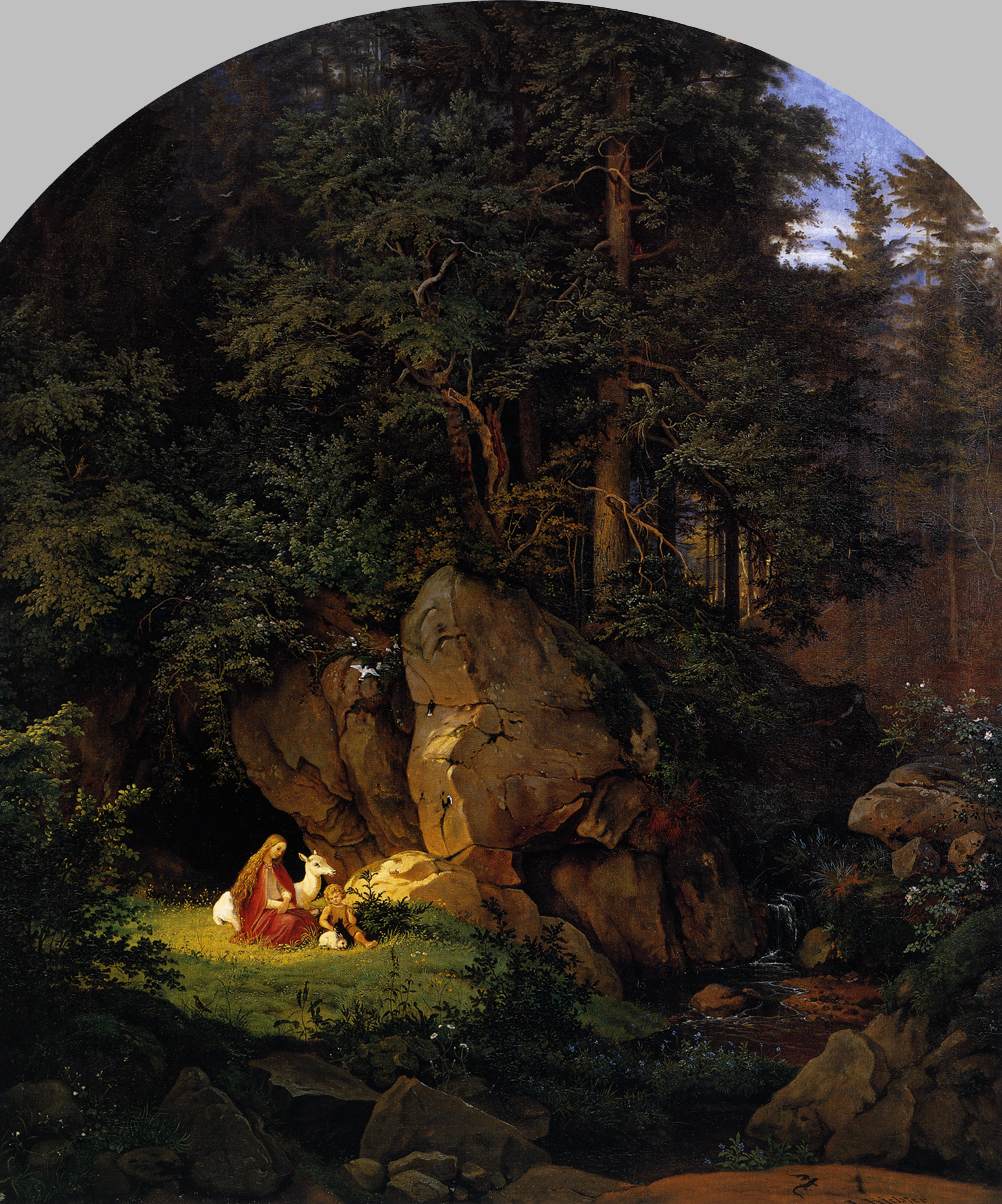Two films of interest to anticipate: Into Great Silence (Germany) and The Island (Russian).
Into Great Silence is a documentary film of the Grande Chartreuse and daily life of the silent monks there. Because no one in the film speaks and there is no voice-over narration, Into Great Silence is a visual and aural experience of great depth. URL: http://www.diegrossestille.de.
The Island tells the story of a modern-day guilt-ridden man who sacrifices life by entering a rigorous and isolated monastery and pursuing a life of atonement there, where he challenges the monks and attracts pilgrims who seek him out for advice and healing. URL:
http://www.e.bell.ca/filmfest/2006/films_schedules/films_description.asp?id=161.

